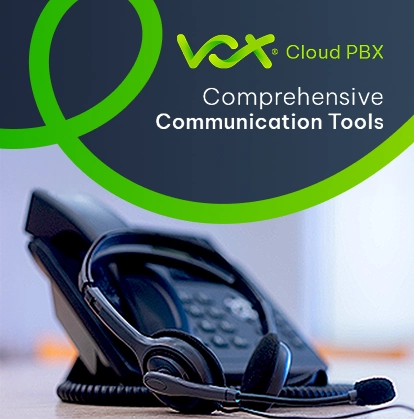Knowing where your data is stored and who has access to it is absolutely crucial for doing business in the age of data privacy regulation. Welcome to Vox Security Level 3.
These days, Cyber Security is about more than just making sure your data is safe from encryption and Ransomware demands – that said, as cyber-attacks continue to take down everyone from international cloud service providers to Northern Ireland’s entire healthcare system and everyone in between, those are definitely still a concern – it’s also very much about maintaining the integrity of the sensitive, private or personal information you rely on for day-to-day business operations.
With the PoPI (Protection of Personal Information) Act now in effect in South Africa, a data breach that threatens to make public the private, personal information of your customers and clients won’t just result in embarrassing headlines and reputational damage for your company, but also a hefty fine or possible jail time or both – for you.
As we continue to transition to hybrid work solutions and conduct most of our lives via apps and cloud computing, putting proactive procedures in place to know exactly where your most valuable data is stored and who has access to it should be a vital component of your Cyber Security plan.
It All Begins with Data Discovery
Modern work environments need to remain flexible to survive whatever the world may throw at them next – but this means Cyber Security teams need to worry about an exponential number of endpoints (from company laptops, to employees’ personal smartphones and tablets), external servers, databases and shared files when attempting to protect the integrity of sensitive or regulatory data and remain compliant with government regulations.
Most often used for data analytics, data discovery involves collecting and connecting structured and unstructured data from multiple sources (individual PCs and laptops, shared drives, social media), assessing it’s importance to the company as a whole, categorising it and placing it into context both manually and via business analytics tools.
All data is not created equally.
Once you’re able to place your most sensitive business data into context via Information Rights Management, you can begin to implement a successful Data Loss Prevention strategy that won’t bring your business to a standstill with time-consuming privacy policies and permissions put in place for every user.
Locking That Data Down
With a data loss prevention strategy in place, your security experts will be able to monitor the protection of everything from personal information to intellectual property and financial records whether it’s in use (via the endpoint), in motion (travelling via your network) or at rest (stored in the cloud).
To ensure your data loss prevention strategy is effective, protocols should be put in place to monitor and prevent the loss of sensitive data leaving your network across everything from downloads to external hard drives, email attachments and cloud storage.
Knowing what type of information you have, where it’s stored and how it’s being used will strengthen your ability to protect it and the integrity of your company by helping to prevent data leaks from happening intentionally, or, more often than not, accidentally, and having devastating consequences for you and the future of your business.












